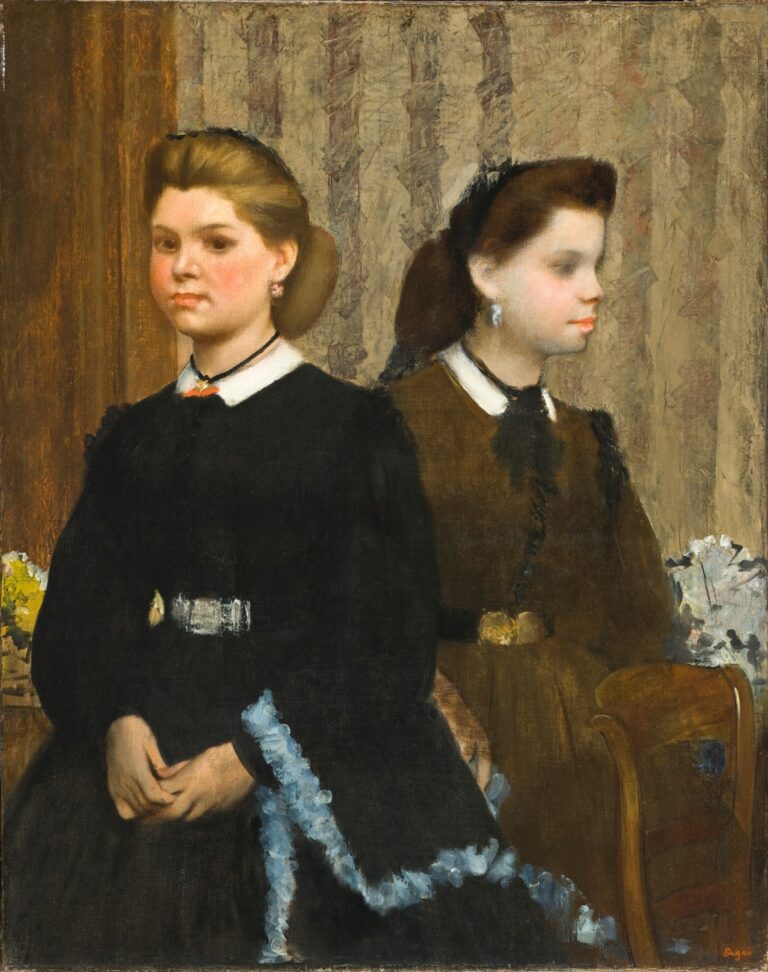Edgar Degas

Edgar Degas (1834-1917) was a seminal French artist renowned for his masterful depictions of human movement and form, particularly in relation to dance and urban life. Trained in the classic academic style at École des Beaux-Arts, Paris, Degas later turned away from historical and religious themes, pioneering the impressionist approach that captured fleeting moments of contemporary life with novel compositions and perspectives.
Degas stood apart in the Impressionist circle with his inclination towards realism and careful composition, despite his innovative use of color and light. His profound understanding of human anatomy underpinned his ballet dancer series, famed for their candid authenticity, with figures often caught off-guard, in moments of exertion or rest.
Despite failing eyesight later in life, Degas continued to create, transitioning from painting to sculpting and pastel work. His works, such as “The Dance Class” and “L’Absinthe,” are celebrated for their unique blend of realism and impressionism, capturing the dynamic and the mundane of 19th-century Parisian life with unerring precision and sensitivity.
Degas’s impact on art has been profound and enduring, his innovative approach to composition, lighting, and theme paving the way for future generations. Today, he is celebrated as one of the pioneering figures of modern art, and his pieces continue to inspire artists and audiences around the world.












